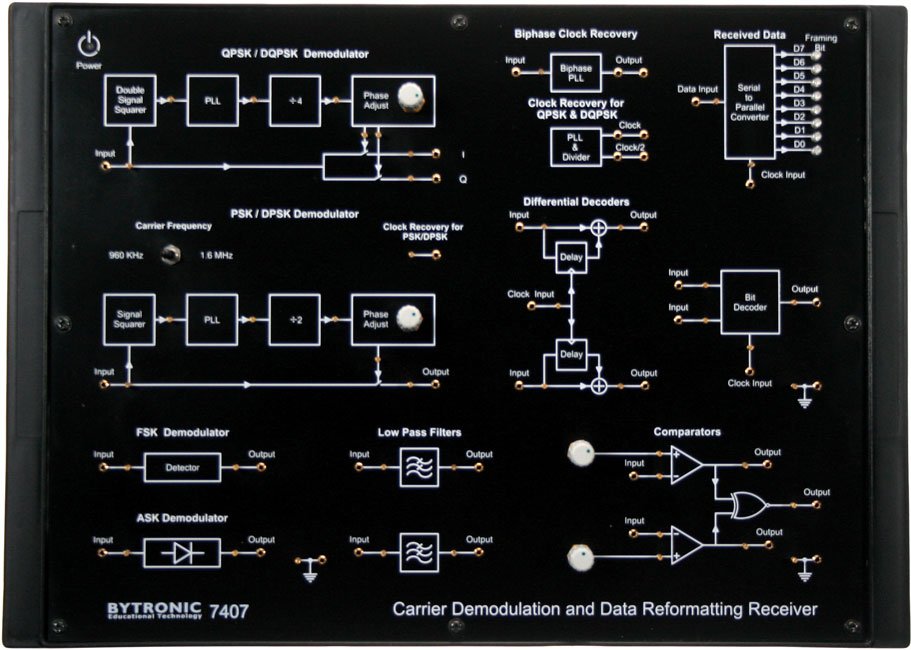

These are mainly of two types, namely BPSK and QPSK, according to the number of phase shifts. The phase of the output signal gets shifted depending upon the input. The binary 1s and 0s are called Mark and Space frequencies. The output of a FSK modulated wave is high in frequency for a binary HIGH input and is low in frequency for a binary LOW input. FSK is a scheme of frequency modulation.įollowing is the diagram for FSK modulated waveform along with its input. The frequency of the output signal will be either high or low, depending upon the input data applied.įrequency Shift Keying (FSK) is the digital modulation technique in which the frequency of the carrier signal varies according to the discrete digital changes. The binary signal when ASK is modulated, gives a zero value for LOW input and gives the carrier output for HIGH input. The amplitude of the resultant output depends upon the input data whether it should be a zero level or a variation of positive and negative, depending upon the carrier frequency.Īmplitude Shift Keying (ASK) is a type of Amplitude Modulation which represents the binary data in the form of variations in the amplitude of a signal.įollowing is the diagram for ASK modulated waveform along with its input.Īny modulated signal has a high frequency carrier. In this chapter, we will be discussing the most prominent digital modulation techniques. There are many types of digital modulation techniques and we can even use a combination of these techniques as well. Hence, digital modulation techniques have a greater demand, for their capacity to convey larger amounts of data than analog ones. In this particular example, a '1' corresponds to a phase change of $+\pi/2$, and a '0' corresponds to a phase change of $-\pi/2$.Digital Modulation provides more information capacity, high data security, quicker system availability with great quality communication. If you're talking about baseband IQ signal, it also looks sinusoidal, but with a bunch of phase shifts, like this (blue = I, orange = Q): If you're talking about the RF signal, it looks like a sinewave of varying frequency. Positive change = '1', negative change = '0'.ĭoes the FSK signal look triangular wave or sinewave? So monitor the phase (the angle of $I + jQ$) and watch how it changes over one symbol period. A positive phase change corresponds to a positive frequency, and a negative phase change corresponds to a negative frequency. The easiest way to do that is to monitor the change in phase of the baseband IQ signal.

The only thing to do is figure out if you have a positive frequency (+$\Delta f$) or negative frequency (-$\Delta f$). Then when you sample you have a baseband I/Q representation of the signal, centered around 0 Hz. With I/Q modulation you'll have a much easier time producing a continuous-phase FSK signal (CPFSK).įirst lets assume we are trying to demodulate a simple FSK signal where the center frequency is $f_c$, a '1' is represented by the frequency $f_c+\Delta f$, and a '0' is represented by the frequency $f_c-\Delta f$.īefore IQ sampling, you tune your RF front end receiver to $f_c$. Sharp discontinuities contain high frequency which widens the bandwidth of the signal.

You only need one RF oscillator operating at a single frequency, instead of having 2 (or more in the case of M-ary FSK) oscillators operating at separate frequencies for each bit/symbol.What is the advantage of performing the FSK using IQ modulation?


 0 kommentar(er)
0 kommentar(er)
